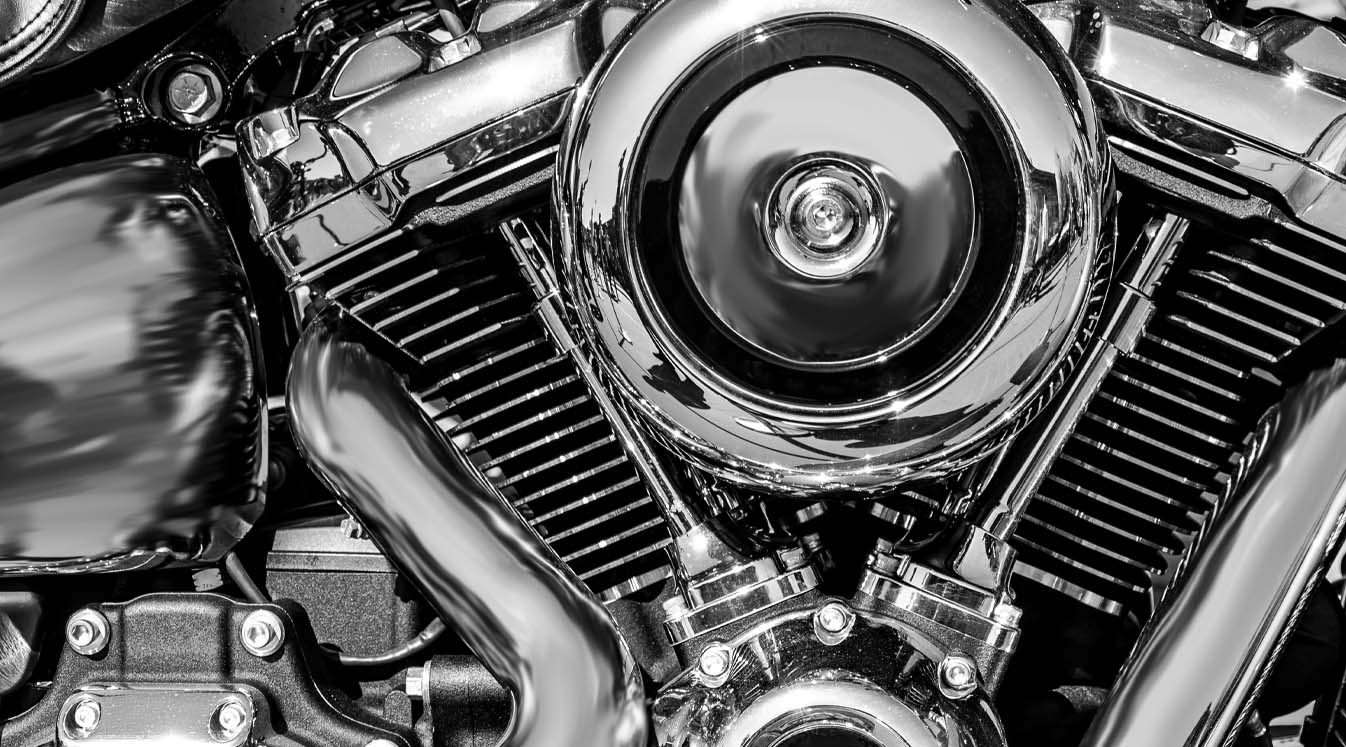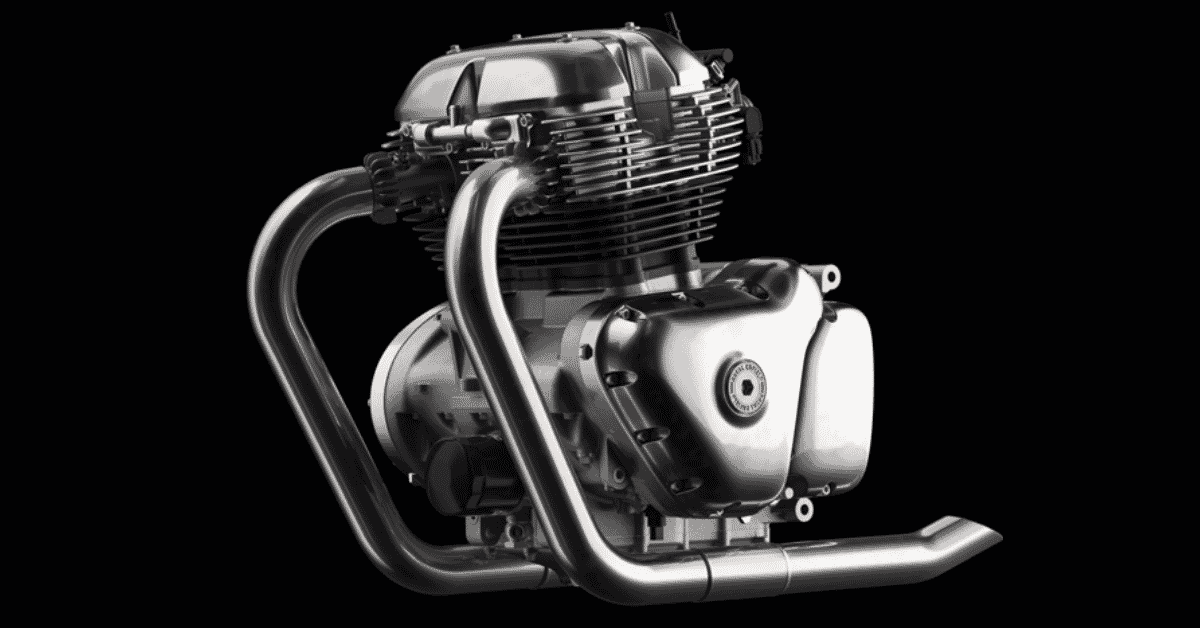Discover Top-Quality Engines for Africa at Our Reliable Car Parts Store
Discover Top-Quality Engines for Africa at Our Reliable Car Parts Store
Blog Article
The Mission for Ultimate Driving Power: Investigating the Peak of Engine Efficiency and Technological Innovations in the Automotive Industry
In the world of auto engineering, the search of optimum driving power has been a ruthless mission that has actually unravelled via the evolution of engine layout and the assimilation of advanced modern technologies. From the thorough craftsmanship of combustion engines to the rapid developments in electrical propulsion systems, the auto industry stands at the cusp of a brand-new era defined by unmatched performance capacities.
Evolution of Engine Style

Moreover, the combination of turbocharging and supercharging innovations has actually transformed engine layout by increasing power without substantially enhancing engine dimension. These forced induction systems press the intake air, permitting for even more gas to be ignited, thereby producing better power output from a smaller engine. This development has actually been especially vital in improving the efficiency of smaller sized displacement engines while maintaining gas effectiveness standards.

Performance-Enhancing Gas Technologies
The execution of innovative gas technologies has significantly added to improving engine efficiency in modern-day lorries. Biofuels, derived from renewable sources like algae, corn, or sugarcane, offer enhanced and reduced discharges engine performance. Furthermore, gas additives and detergents are being developed to tidy engine parts, maximize combustion, and decrease friction, consequently enhancing general lorry efficiency.
Advancements in Electric Propulsion
Substantial strides in electric propulsion modern technology have revolutionized the vehicle market, leading the way for a new era of lasting and reliable transportation. Electric vehicles (EVs) are obtaining popularity because of their environmental advantages and innovations in battery technology, enabling longer driving varieties and much shorter charging times. Makers are spending heavily in research study and advancement to boost the efficiency of electric propulsion systems, concentrating on increasing power result, boosting energy performance, and decreasing overall weight.
One remarkable development in electrical propulsion is the growth of innovative electrical motors that deliver higher torque and power density, causing enhanced acceleration and general driving efficiency. Additionally, regenerative braking systems have actually been refined to save and record power throughout slowdown, more enhancing the efficiency of EVs.
Furthermore, the assimilation of clever innovations, such as artificial intelligence and predictive analytics, is enhancing the monitoring of electrical propulsion systems, guaranteeing optimum performance under different driving conditions. These improvements in electric propulsion are reshaping the automotive landscape, driving the sector in the direction of an extra sustainable and electrified future.
Influence of Computational Liquid Characteristics
With improvements in electrical propulsion pressing the boundaries of vehicle innovation, the combination of Computational Fluid Characteristics is playing a critical role in maximizing wind resistant performance and enhancing general effectiveness in lorry design. Computational Fluid Dynamics (CFD) entails using computer simulations to assess the flow of air around a lorry, enabling designers to anticipate exactly how design modifications will certainly influence the rules of check here aerodynamics without the requirement for pricey physical models. By accurately modeling air flow patterns, CFD enables for the refinement of vehicle forms to reduce drag, enhance cooling, and improve stability.
One key advantage of making use of CFD in lorry layout is the capability to iterate swiftly, checking out numerous style variations to identify the most aerodynamically efficient services. This iterative process leads to lorries that are not only sleeker and a lot more visually attractive yet likewise extra fuel-efficient and environmentally pleasant. Additionally, CFD enables designers to maximize air flow around elements such as radiators, engine bays, and wheel wells, adding to enhanced efficiency and general driving experience. In conclusion, the combination of Computational Liquid Characteristics stands for a substantial progression in the quest for supreme driving power and efficiency in the automobile sector.
Future Patterns in Engine Innovation
In the dynamic landscape of automobile engineering, innovative advancements are shaping the future trajectory of engine advancement. The future of engine layout is marked by a solid emphasis on performance, sustainability, and performance. Makers are progressively concentrating on creating engines that not just deliver high power outcomes yet additionally focus on environmental duty by improving and reducing emissions gas efficiency.
One noticeable fad in engine technology is the surge of electrification. Crossbreed and electric powertrains are acquiring traction as viable alternatives to conventional combustion engines. These innovations use the capacity for considerable decreases in carbon discharges and enhanced power efficiency, lining up with global initiatives to deal with environment change.
Moreover, developments in materials science and production methods are allowing the manufacturing of lighter and more durable engine components. This shift in the direction of light-weight materials such as carbon fiber and light weight aluminum alloys contributes to enhanced performance and gas economic climate.
Conclusion
Finally, the quest of best driving power in the auto field continues to drive improvements in engine layout, gas innovations, electric propulsion, and computational fluid dynamics. The development of these modern technologies is forming the future of engine development, leading the way for more reliable and effective cars (engines for africa). As the market continues to push the boundaries of what is feasible, we can expect to see a lot more cutting-edge growths in the quest for peak efficiency
One of the key turning points in engine layout evolution is the shift from typical carbureted engines to helpful resources modern fuel-injected systems. By specifically metering the gas shipment to each cyndrical tube, fuel-injected engines enhance burning, resulting in much better performance and minimized environmental influence.
Furthermore, the combination of turbocharging and supercharging innovations has actually reinvented engine design by browse this site enhancing power without substantially enhancing engine size (engines for africa).The application of innovative fuel modern technologies has substantially contributed to boosting engine performance in modern vehicles. In addition, fuel additives and detergents are being created to clean engine elements, enhance burning, and minimize friction, thereby boosting overall automobile performance
Report this page